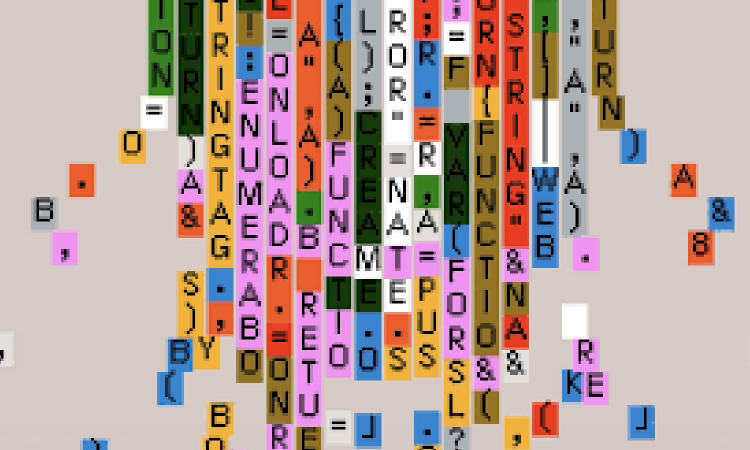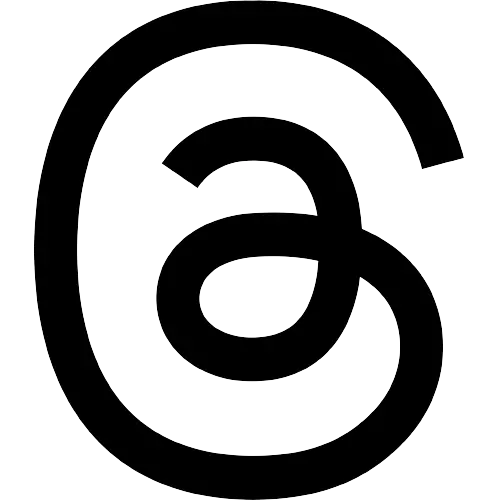Killing Maths Brain: AI is coming for the coders who made it
The Titanic is indeed headed toward the iceberg, but the largest problem, at least at the moment, is not the college essay, the novel or the office memo.

Leif Weatherby
ChatGPT was released two and a half years ago, and we have been in a public panic ever since. Artificial intelligence can write in a way that passes for humans, creating a fear that relying too heavily on machine-generated text will diminish our ability to read and write at a high level. We’ve heard that the college essay is dead and that an alarming number of students use AI tools to cheat their way through college. This has the potential to undermine the future of jobs, education and art all at once.
The Titanic is indeed headed toward the iceberg, but the largest problem, at least at the moment, is not the college essay, the novel or the office memo. It’s computer code. I realised this last year when I was teaching a course on AI, language and philosophy. When I asked my students how they use chatbots, one told me that whenever he has a spreadsheet full of data (such as results from a lab experiment or information collected from a survey), he was trained in high school to write a quick bit of code to parse and analyse that data. But now, he told me, he just throws the spreadsheet into ChatGPT, which analyses it more quickly and requires him to do almost nothing.
That’s when it hit me: AI is just as much a challenge to numeracy — our knowledge and ability to use mathematics and reason quantitatively — as it is to literacy.
In February, the AI engineer Andrej Karpathy reported on X that he was engaged in a new form of software development he called “vibecoding.” Using nothing more than a series of spoken prompts to a chatbot, he was conducting ad hoc experiments on data and said he would “barely even touch the keyboard.” He said this allowed him to “forget that the code even exists,” leaving the grunt work to the AI and simply directing from above. Karpathy’s post went viral, and many others acknowledged they were doing the same.
By some accounts, though, vibecoding isn’t going well. The code Karpathy’s prompts create has been reported to be inefficient and riddled with irreversible errors. Worse, programmers using the method say they’ve found themselves not merely forgetting that code exists but forgetting how to code. As is the case with reading and writing a language, code is one of those things where, if you don’t use it, you lose it. Early studies indicate that humans who use AI could become less creative over time.
Computer science has consistently been one of the top majors in the US for the last decade. But with the ability to task AI to code, startups and tech giants alike are hiring fewer and fewer entry-level computer scientists. In other words, we have to return to the liberal arts to make our way forward in the age of AI. For students today, studying math and language might turn out to be the only way to be flexible enough to face a rapidly changing market in which a computer science degree is no longer a guarantee of a job. But it’s also a way to deepen our humanity in the face of these strange machines we have built, and to understand them. And that is something that AI will never do.



